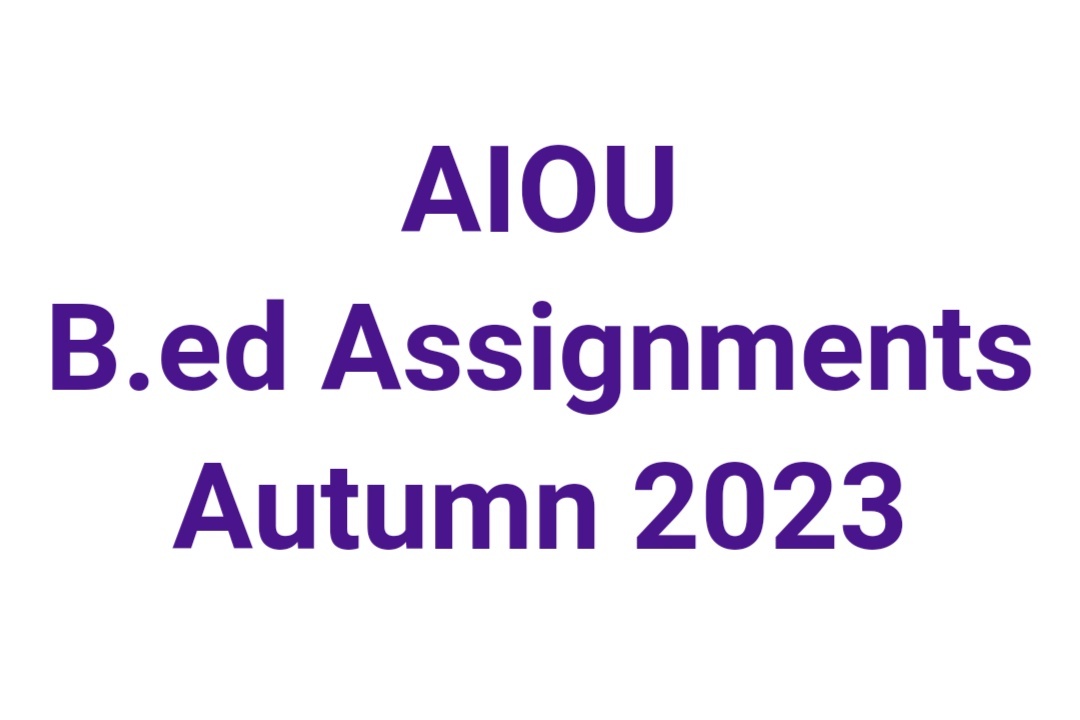Education in Pakistan is managed by the respective provincial governments, and each province has its unique education system with distinct features and challenges. Here is a differentiation of the role of education in the four provinces of Pakistan, along with salient features and suggestions for improvement:
Punjab:
Role of Education:
- Punjab places a significant emphasis on education, aiming to improve literacy rates and educational standards across the province.
- There's a focus on educational reforms, teacher training, and the provision of quality education at all levels.
Salient Features:
- Extensive network of schools and colleges, including public and private institutions.
- Implementation of various education reforms such as the Punjab Education Sector Reform Program (PESRP).
- Emphasis on improving teacher training and student learning outcomes.
Suggestions for Improvement:
- Continued investment in teacher training and professional development.
- Enhance infrastructure and facilities in schools, especially in rural areas.
- Ensure effective implementation of education reforms to improve learning outcomes.
Sindh:
Role of Education:
- Sindh aims to address challenges in education, focusing on access to quality education, reducing dropout rates, and improving education governance.
Salient Features:
- Presence of urban centers with well-established educational institutions.
- Challenges in rural areas regarding access to education, teacher quality, and infrastructure.
Suggestions for Improvement:
- Strengthen infrastructure in rural areas to improve access to education.
- Implement policies to address high dropout rates and improve retention.
- Enhance teacher training programs to improve teaching quality.
Khyber Pakhtunkhwa (KP):
Role of Education:
- KP emphasizes educational reforms, focusing on improving the quality of education, increasing enrollment, and reducing gender disparities.
Salient Features:
- Implementation of reforms like the Education Sector Plan (ESP) for improving education standards.
- Special emphasis on enhancing girls' education and increasing enrollment rates.
Suggestions for Improvement:
- Continuous monitoring and evaluation of education reforms for effectiveness.
- Improve infrastructure in remote areas to increase access to education.
- Strengthen vocational and technical education to align with industry demands.
Balochistan:
Role of Education:
- Balochistan faces challenges in education, including low literacy rates, inadequate infrastructure, and a lack of quality educational facilities.
Salient Features:
- Low literacy rates compared to other provinces.
- Lack of adequate schools, especially in remote and rural areas.
Suggestions for Improvement:
- Increase investment in education infrastructure in remote areas.
- Enhance teacher training programs and recruit qualified staff.
- Develop strategies to improve enrollment rates and reduce dropout rates.
Suggestions for Improving Education System in All Provinces:
Increase Budget Allocation: Ensure sufficient budget allocation to education to improve infrastructure, teacher training, and quality of education across all provinces.
Teacher Training and Recruitment: Enhance teacher training programs and recruit qualified educators to improve teaching quality and student learning outcomes.
Focus on Access and Equity: Implement measures to improve access to education in remote and underserved areas, ensuring equal opportunities for all.
Curriculum Reforms: Regularly review and update the curriculum to make it more relevant, modern, and aligned with global educational standards.
Technology Integration: Introduce technology in education to enhance learning methods, promote digital literacy, and provide access to quality educational resources.
Community Engagement: Encourage community involvement in education, fostering partnerships between schools, communities, and local governments to improve educational outcomes.
The provinces of Pakistan have diverse education systems with their own challenges and focus areas. To improve the education system across all provinces, addressing infrastructure gaps, enhancing teacher quality, focusing on equity, curriculum reforms, and community engagement are crucial steps to ensure quality education for all.





0 Comments